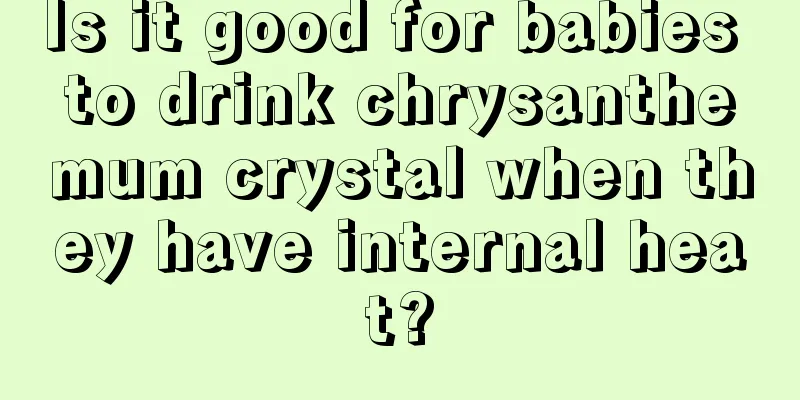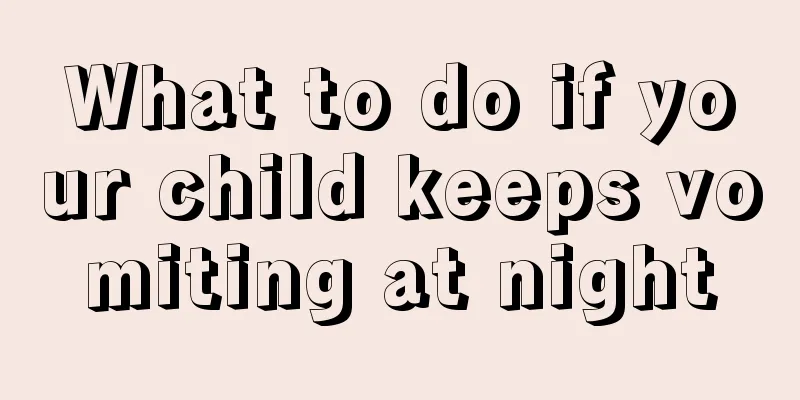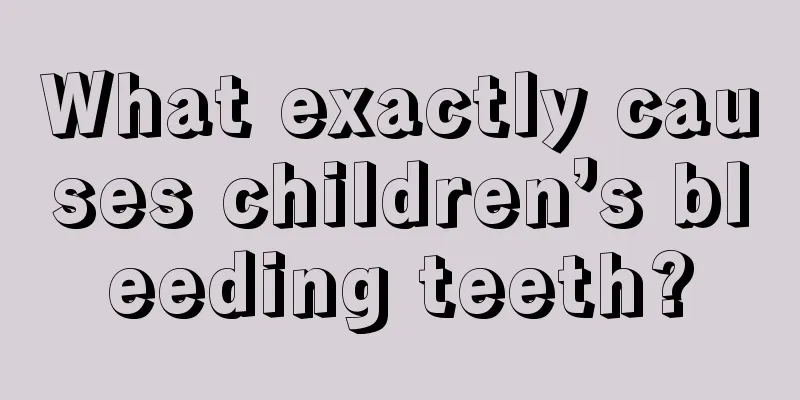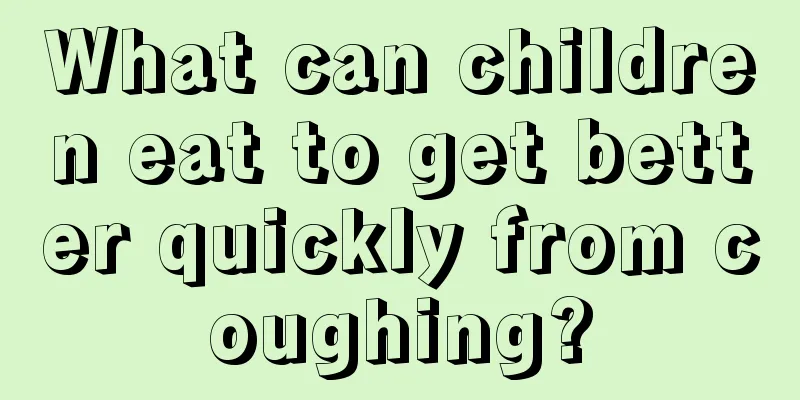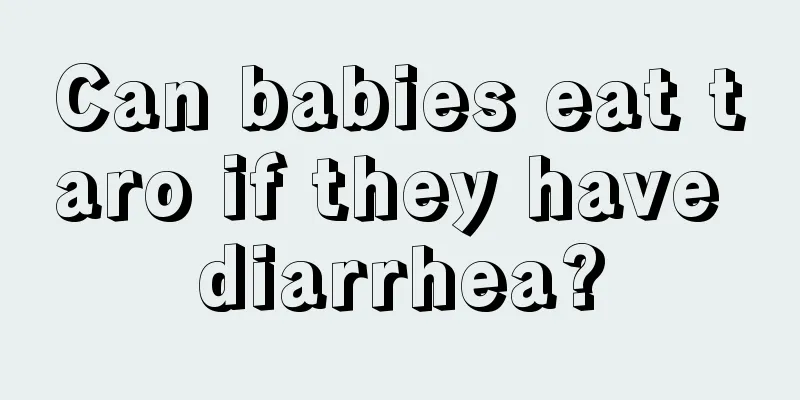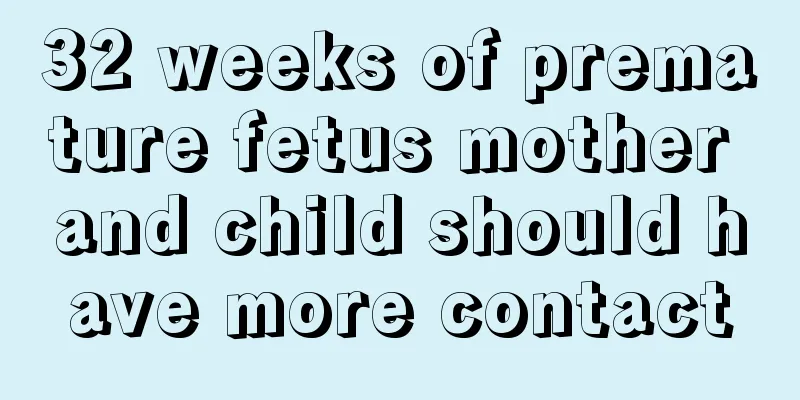What are the symptoms of early pneumonia in children?
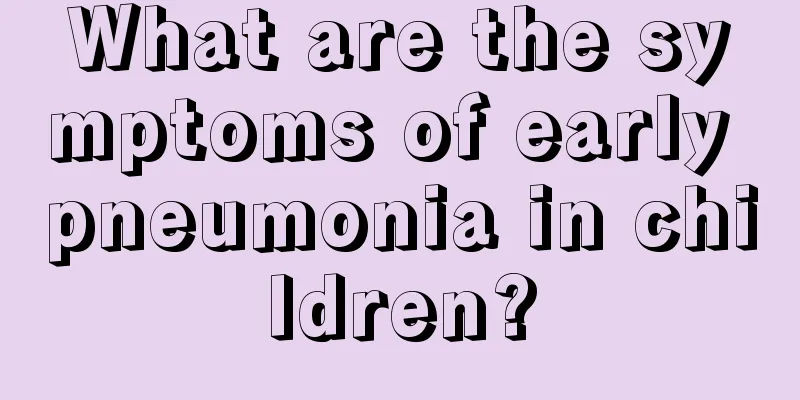
|
Children have always been treasures in the eyes of their parents. Whenever a child is sick, many parents feel more distressed than themselves. Especially when a child has pneumonia, many parents don’t know how to deal with it, and some don’t even realize that their children have pneumonia. So what are the symptoms of pneumonia in the early stages? Let me give you a detailed introduction! Typical symptoms: high fever (74%), cyanosis (73%), pale complexion (73%), dry cough (73%), flaring of the nose (70%), lethargy (63%) 1. Mild bronchopneumonia. 1. Fever: Most cases are high. 2. Cough: It starts with frequent irritating dry coughs, followed by phlegm sounds in the throat. Coughing may be accompanied by vomiting and choking on milk. 3. Respiration is shallow and rapid, with nasal flaring. Some children have mild cyanosis around the mouth and nails. In addition to respiratory symptoms, children may also have systemic symptoms such as mental depression, irritability, loss of appetite, shivering, diarrhea, etc. 2. Severe pneumonia: In addition to the aggravation of the symptoms of mild pneumonia, there is persistent high fever and severe symptoms of systemic poisoning, accompanied by damage to the functions of other organs. 1. Respiratory system symptoms: shallow and rapid breathing, reaching more than 80 times per minute, flaring of nostrils, three-depression sign, expiratory groaning, obvious cyanosis of the face and extremities, and in severe cases, pale or bluish-gray complexion, and dense, fine, moist rales can be heard in both lungs. 2. Circulatory system symptoms: Pneumonia in infants is often accompanied by heart failure. 3. Neurological symptoms: (1) irritability, drowsiness, staring, squinting, and upward eye movement; (2) lethargy, even coma, and convulsions; (3) conjunctival edema; (4) pupil changes, slow or absent response to light; (5) irregular breathing; (6) expansion of the anterior fontanelle and signs of meningeal irritation. Except for the increase in cerebrospinal fluid pressure, all other normal conditions are called toxic encephalopathy. In severe cases, the intracranial pressure is even higher and brain herniation may occur. 4. Digestive system symptoms: Children experience decreased appetite, vomiting, diarrhea, abdominal distension, and in severe cases, coffee-colored vomitus or bloody stools, disappearance of bowel sounds, toxic intestinal paralysis, and toxic hepatitis. 5. Metabolic acidosis, respiratory acidosis, and mixed acidosis may occur. After reading the above text, I believe you already know the symptoms of pneumonia in children. If your child has one of the above symptoms, you must not be careless. It is necessary to take your child to the hospital for examination in time. Pneumonia is better treated early to avoid delaying the disease and making it more troublesome to treat. |
<<: What are the dangers of scrotal effusion in children?
>>: How to treat appendicitis in children?
Recommend
What should I do if my child has stomach bloating and fever?
When I was a kid, I thought something tasted deli...
What to do if your child has a fever and convulsions
We know that children are prone to convulsions wh...
Why does a child’s sweat have a sour odor?
The appearance of sour and smelly body odor usual...
Newborn baby
Newborn babies need attention in care. At the sam...
What to do if a 12-year-old child has a hunchback? How to correct it
Hunchback is not a trivial matter for growing tee...
What to do if your baby has iron deficiency anemia
Iron deficiency anemia is a common disease, espec...
How to remove dandruff on baby's scalp
There will be a lot of secretions on the baby'...
What can't children eat if they have diarrhea?
Diet therapy is a topic that everyone pays more a...
How fast does your baby's feet grow?
A baby's feet usually grow quite fast. The gr...
What to do if your baby has a high temperature convulsion
If the baby has a high temperature convulsion, it...
What causes dark circles under boys' eyes?
Nowadays, more and more people have dark circles ...
How to lose weight for obese children
Nowadays, with the improvement of quality of life...
Early symptoms of varicella encephalitis
Newborn babies have very weak resistance and if t...
The child has a lot of spots on his face
Children's skin is the best and looks very cu...
The harm of smog to babies should not be ignored
As air pollution continues to worsen, smog appear...
